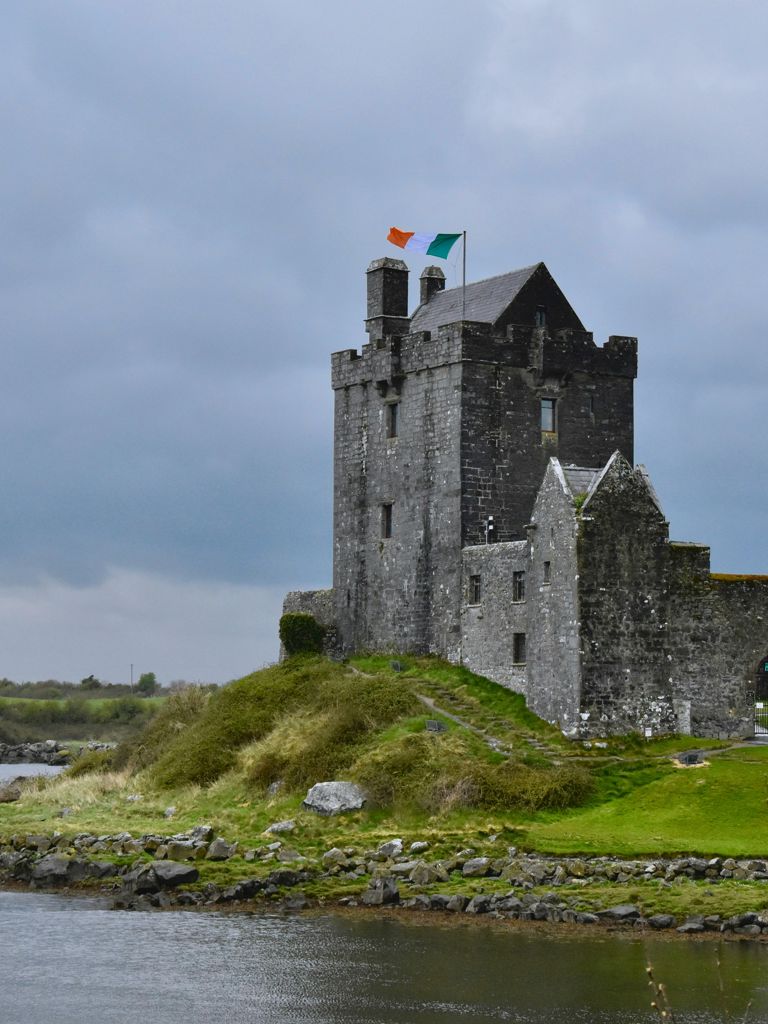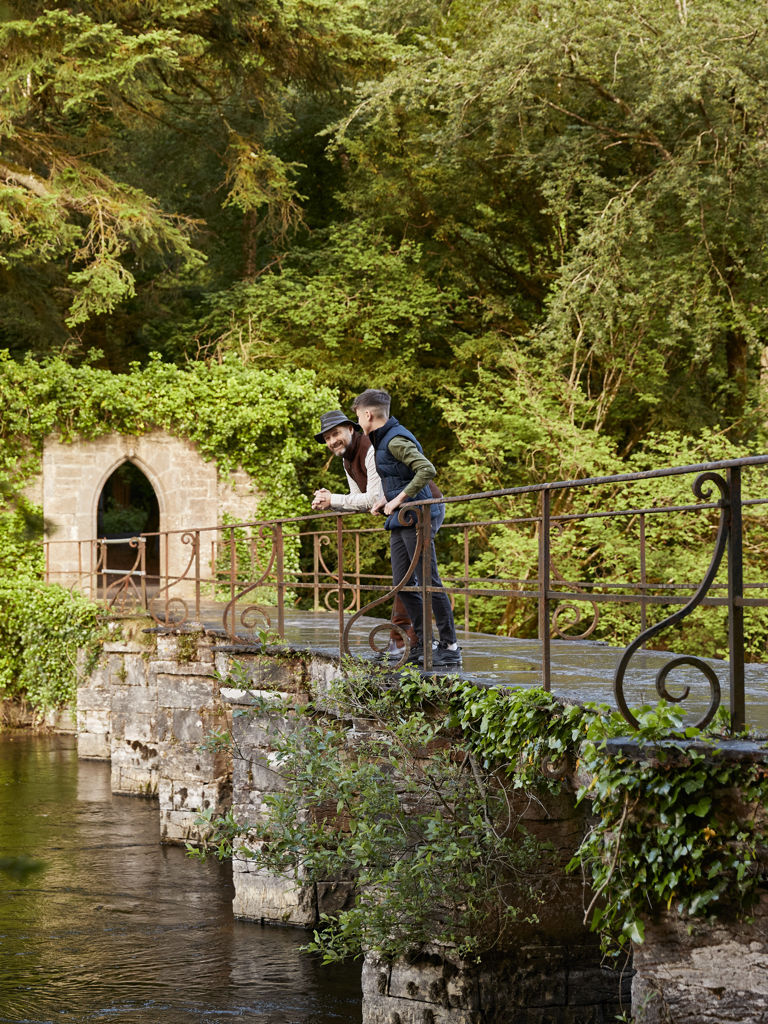
Short Irish Folk Stories
Ireland is steeped in rich history and tales passed down for generations. Here are some of our favourites to pass down to your loved ones.

Ireland is steeped in rich history and tales passed down for generations. Here are some of our favourites to pass down to your loved ones.
Experience the magic of Ashford Castle with thrilling outdoor adventures, from castle ruins to Irish music and landscapes.
Discover more